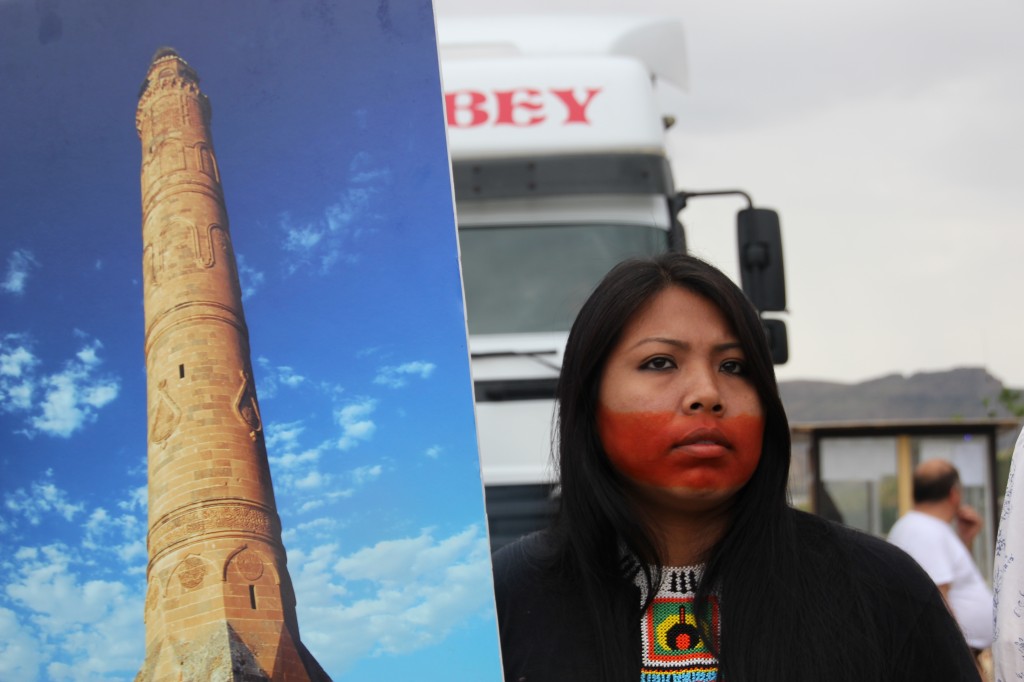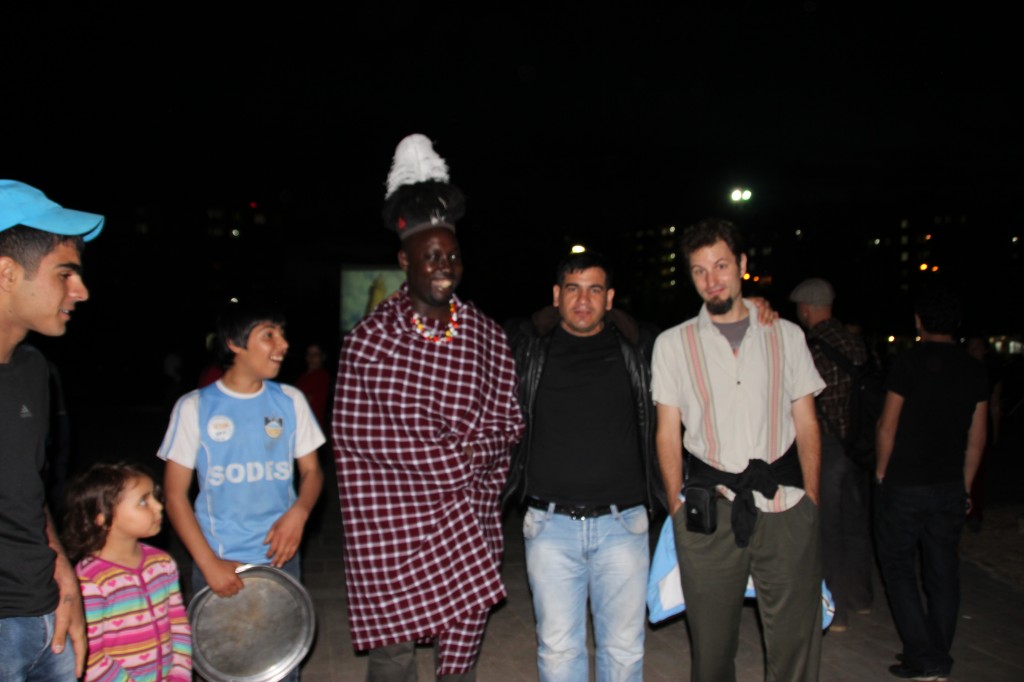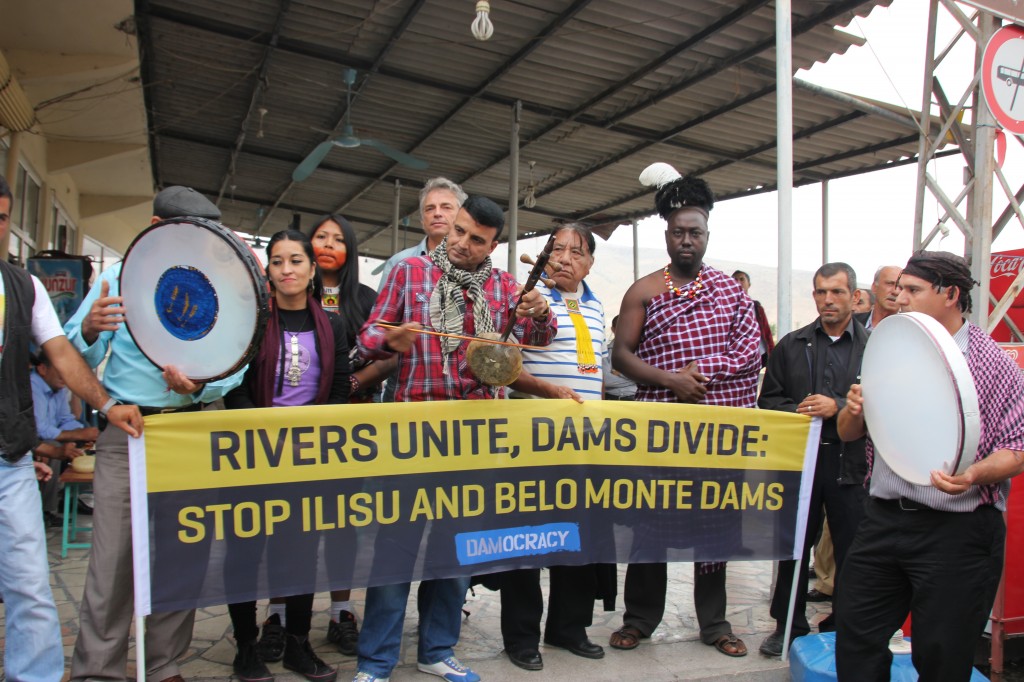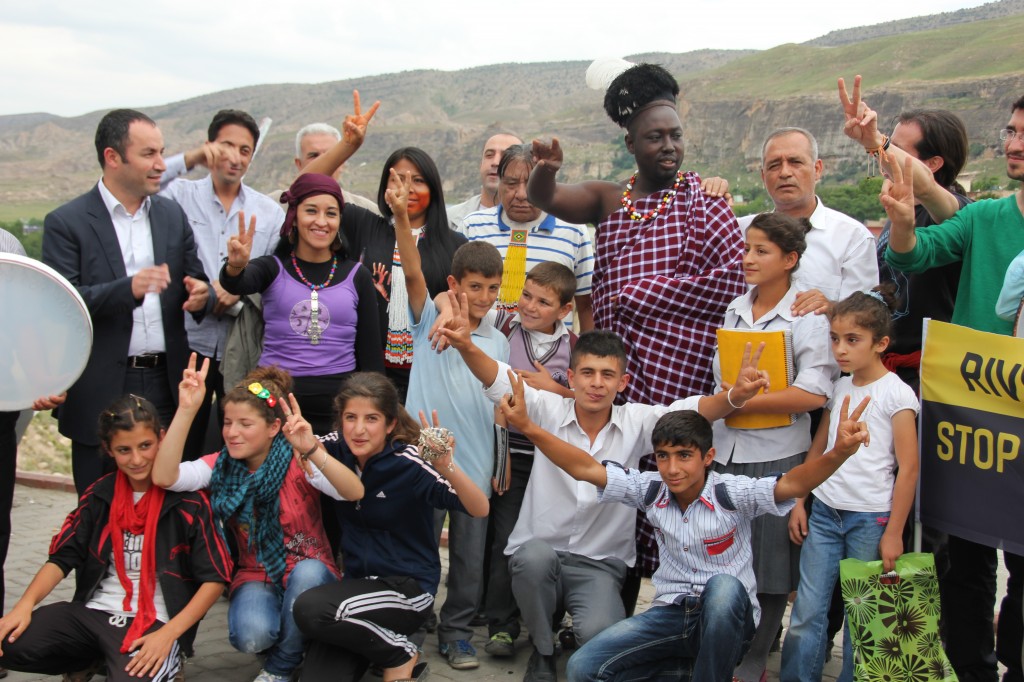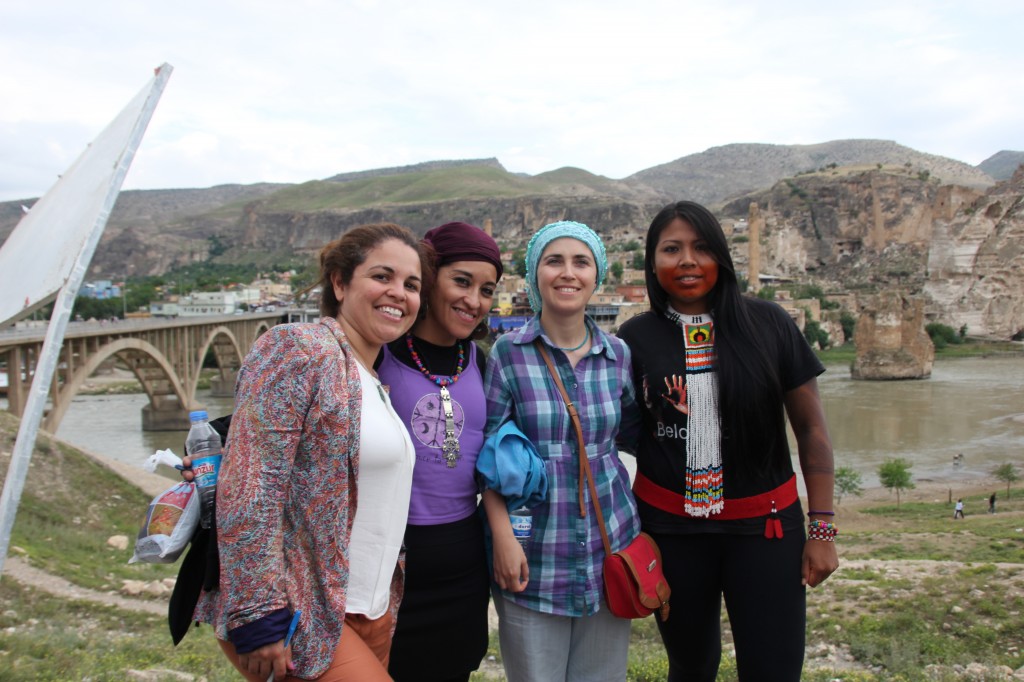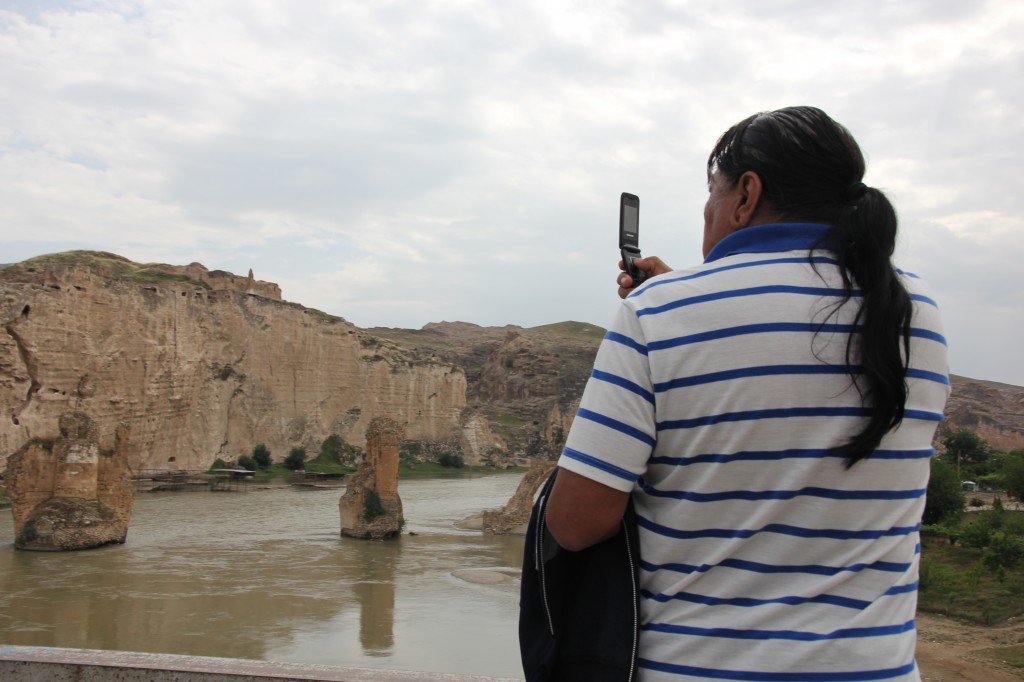I started to draft this
post about a week before leaving Iraq (end of August). It is a reflection of my three years in
Iraq, how I was transformed by the people, the country and all the experiences
that I had.
The Journey
Almost 3 years ago, to be
exact, December 2010, I arrived here to work as a volunteer in a local women
organization. I didn't have any plans as for how long I would be staying. I was
supposed to go back to school anyway by the fall of 2011, to start a new
Masters Degree (after kind of postponing my Ph. D in Pharmacy). I thought a few
months in Iraq will do a service to my CV, I would improve my Arabic, and I
would have a chance to tell Iraqis that not all Americans supported the war in
Iraq. After three years, what I thought I would achieve is completely different
to the course things took for me in Iraq.
Iraq, (and
Israel/Palestine) have been the most amazing three years of my life, both
professionally and personally. I thought I came to give something, but it
turned out that I was the one who received the most. The kindest hospitality,
as I have been received as a colleague, a friend, a sister, a daughter and much
more. I have become part of the family and Iraq and Kurdistan have become part
of me. I have learned so much from Kurdish and Iraqi activists as well as from
activists that work on international solidarity. I had the opportunity to visit Iraqi and Kurdish villages, meet fishermen, academics, activists, with ministers and government officials, and religious leaders from Iraqi minorities like the Chaldean Patriarch and the Yezidi version of the pope. To experience the real Iraq, the diverse mosaic of peoples and the cradle of ancient civilisation, I was in Babel and in the Sumerian capital of Ur.
 |
| The Ziggurat of Ur, the ancient capital of the Sumerians, Nasriya, Iraq. |
Working with internally displaced children
It is hard to summarize what I have been doing in Iraq for the past 3 years, but I will attempt to lay it down here, as it also helps me in the reflection process, in sinking in what I have been living, and in realizing how I have been transformed.
For the first months, I
was living in Erbil and working with a local women organization. The usual
struggle was adapting to a very different culture, finding a place to live and
establishing my social networks. That was a big challenge. Then, I moved to
Suleimaniya, and was working with internally displaced Iraqi children in a camp for those who fled the sectarian violence in Iraq in 2006. The camp was
called Qalawa camp. There we had weekly psychosocial activities with the
children, ranging from art, music, theatre, journaling, and games to stimulate
teamwork, inclusion, and participation of all. I had come from working with
Palestinian kids, so I thought this was going to be similar, but it was
different in many ways. As we worked with the children for an extended period, we
could see the changes, the transformations happening in these little people.
Respect, and discipline were evolving through the different themes that we
explored with the children. In Qalawa, I learned to feel at home in a place
that many would call miserable. I came to teach the IDP children, but they
became my teachers, and taught me that unconditional love is above all things,
and that love can be the difference between giving all and giving nothing. Love
is also discipline. We were giving the children something they didn't have; the
space to be heard, to express their feelings and above all, the space to be
children. That had a transforming effect although it was extremely tiring.
Often times it took hours to get one task done, but the most important thing
was that everyone counted. When we went to Qalawa, we didn't look at the poor
and ill equipped tents, dirty clothes, and trash all over the camp, or the lack
of infrastructures, or the mud that would get to everyone's knees during the
winter, or the extreme cold or hot conditions, the lack of toilets, or the lack
of basic home appliances. We looked at parents and kids' humanity. We were not
there because we had pity on them. Nor be cause we were doing charity
works, because we never gave them money (they never asked), or food, or any
material things. We were there because of our commitment to change those
kid’s lives. We gave them our time, our love and our knowledge.
Women Rights Advocacy
Iraqi Kurdistan might look
as a progressive country when you compare it to the rest of Iraq. You see women
without the hijab, wearing short sleeve t-shirts and working outside home, but
if you scratch the surface, you get to see another layer. Early and force
marriages and honor killings are issues that reflect the patriarchal
nature of the society, where women are removed from public life and have little
or no legal rights. Another aspect of my work was women's rights, working on an
advocacy
campaign against honor killing organized by Zhiyan Group, with members from 60 different local human and women rights groups demanding that the government enforce a new domestic
violence law, following up cases of honor killing, and exposing the issue to
the media and the relevant government and ministries. My role was to document
their work, via research and reports, and be an international observer,
re-affirming their work and providing strategic insight. I helped to
write a report titled: “No to honor killing in the name of tradition and
culture”. In this report, Zhiyan group documented public opinion about forced
marriages, honor killing and the domestic violence law in two areas of
Suleimaniya, where these crimes are prevalent.
Through this advocacy work
I learned that democracy is a process that does not only requires having laws
on paper only, but that needs to challenge institutions to get laws implemented
and above all democracy requires mobilization. Along with local women
activists, we went from the village, to the police station, to the court, to
the streets, to the Ministry of Interior and Ministry of Justice, and even to
the Parliament, knocking every door unceasingly, raising the voices of women.
We learned the important role that the media plays in enforcing democracy. Even
when media is not completely independent in Iraq (it is affiliated to political
parties), there is an opposition that brings alternate voices. I have seen a
women's movement start to gain momentum in Kurdistan, united despite their different
approaches; they have understood that they have a stronger voice if they work
together. There was a big difference between International Women's Day in 2012, and the one this year. From a small rally of about 30,
this year, the demonstration hosted more than a hundred people and delivered
demands to the Suleimaniya office of the Parliament.
I worked with very
passionate and committed activists dealing with very delicate cases and risking
their lives daily, some of my colleagues were attacked physically and
threatened because of this work, but that didn’t persuade them to stop their
work, instead they were more convinced that their work was being effective.
 |
| Demonstration on International Women's Day 2013 |
Water rights and transboundary water issues between Turkey and Iraq
For the last year, I was
part of a regional advocacy campaign, working to raise awareness about the
negative impacts of Ilisu dam, one of 22 dams built in Turkey on the Tigris
River. The campaign gathers people form Turkey, Iraq and internationally
to raise awareness about the negative impact of the Ilisu dam, the biggest to
be built on the Tigris River and that will have disastrous cultural,
socio-economic, and environmental impacts on the population of Iraq.
The urgency of this
campaign is shown by the deterioration of the water quality in Iraq and the
risk of disappearance of the Iraqi marshes, an important wetland in the Middle
East. The Iraqi marshes have important cultural, natural and economic value to
the communities that surround it. The dam issues is a political as well as a
resource issue, as Iraq depends on the water of the Tigris for much of its
water needs and the construction of this dam will reduce significantly the
water available in Iraq. The problem cannot be reduced to this dam. The real
problem is that there is no transboundary water agreement between the riparian
countries that guarantees reasonable and equitable access to water to Iraq, and
Iraqis feel that this dam could give Turkey control over much of Iraq's water
and that Turkey could use it as a political tool whenever it wants to get
something from Iraq.
I coordinate local and
international activists in a campaign to raise awareness inside and outside of
Iraq, and to join our campaign to the global movement to protect rivers and people who depend on them. In 2013, I traveled to represent the campaign in Tunis at the World Social Forum. I had the opportunity to organize a session on water
grabs and global solidarity. In that session, we gathered activists and
local community organizers from Mexico, Peru, India and Europe working against
water privatization, mining construction in indigenous communities land and
dams that displace people and damage river ecosystems. We shared experiences, strategies
and lessons learned from all the movements. In Jordan, the campaign organized a
seminar with Iraqi scholars and water experts that made recommendations on how
to work with the transboundary water issue at the national and international
level. In April and May, members
of the campaign visited the Ilisu dam site Turkey, and Hasankeyf,
one of the many communities that will be displaced by the dam construction.
 |
| Hasankeyf Ingathering 2013. Hasankeyf, Turkey. April 2013. Photo by: Johanna L. Rivera |
 |
| Table at the Suleimaniya Green Music and Art Festival, April 2013. Photo by: Johanna L. Rivera |
 |
| Seminar: The Water Crisis in Iraq, Amman Jordan, May 2013. Photo by: Johanna L. Rivera |
 |
| International Activists Demonstration at hte Ilisu dam construction site, Ilisu, Turkey. May 2013. Photo by: Johanna L. Rivera |
During June, the campaign
organized awareness
seminars in Iraq's south provinces of Basra, Missan, Thiqar
(Nasriyah) and Diwaniyah, with the collaboration of Iraqi and international
activists. The seminars were organized
by local activists, and invited youth groups, community leaders, academics,
members of the local government and local and national media. All these efforts
gained support of youth and local activists and were building up to the campaign’s
session on Iraqi Social Forum (ISF) organized in Baghdad in September 2013. The session brought together Iraqi lawyers and International activists to discuss legal strategies to protect the Tigris River.
The campaign has been
actively working with legal and water experts to develop a legal framework that
includes diplomatic as well as international law perspective to solve the water
issue and that could give Iraq the leverage to negotiate with Turkey a
transboundary water agreement that will guarantee equal shares of the Tigris
River. Mobilization has begun after the ISF, a statement from the Iraqi Jurist Union, demanding the government to actively engage with the water issue and with Turkey. In addition, one of Iraq’s most prominent religious leader demanded Iraq to take Turkey to the UN for arbitration on the water issue if the two states were not able to come to a solution on their own.
 |
| Meeting with a representative of the Baghdad Provincial Council, Baghdad, Iraq. September 2013. Photo by: Johanna L. Rivera |
This
is just the start, and in the beginning I saw no big progress, but as I look
back into these years I can see that things are moving, I can see that people
are mobilizing. These are big issues that we are dealing with, and I have
learned to see each achievement as a small victory in a long journey towards
democracy. It didn’t take the west 10 years to achieve the improvements in
human rights and democracy that we can see today, and it is easy to take for
granted the work that others did to have the freedoms that we have. The same is
true for Iraq and Kurdistan. It will probably take one or two more generations,
but we have started. And we are moving steadily!





